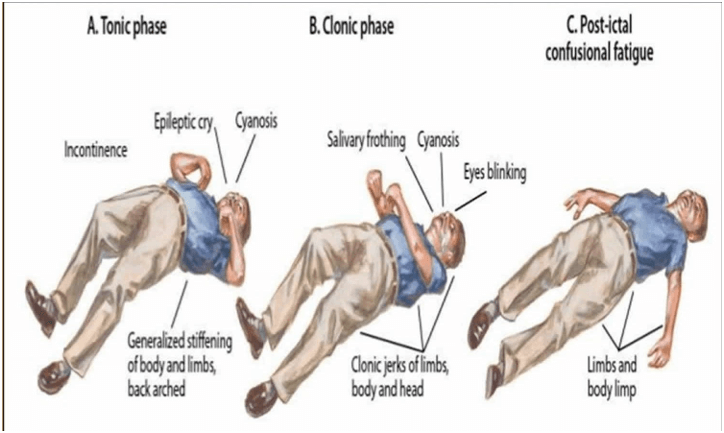A nurse is assisting with the care of a client who is receiving chemotherapy and radiation for advanced breast cancer. The client states, "I am thinking about stopping the treatments." Which of the following responses should the nurse make?
"I would feel the same way if I were you."
"Tell me more about what you are thinking."
"Why do you think that would be a good choice?"
"You'll be cancer-free after you complete your treatments."
The Correct Answer is B
This response allows the nurse to actively listen to the client, gain a better understanding of their concerns and reasons behind wanting to stop treatment, and open the door for a more in-depth conversation. It demonstrates a non-judgmental approach and creates an opportunity for the client to express their fears, concerns, or any other factors influencing their decision.
"I would feel the same way if I were you." This response reflects the nurse's personal opinion and may not accurately represent the client's thoughts or feelings. It does not encourage the client to explore their own feelings or provide an opportunity for open communication.
"Why do you think that would be a good choice?" This response may come across as confrontational and judgmental, potentially making the client defensive or shutting down communication. It does not facilitate a therapeutic conversation or encourage the client to express their emotions and concerns openly.
"You'll be cancer-free after you complete your treatments." This response may oversimplify the client's situation or offer false reassurance. It is important to acknowledge the client's feelings and concerns while providing accurate information and support, rather than making unrealistic promises about treatment outcomes.
The nurse should approach the client's expression of wanting to stop treatment with empathy, active listening, and an open mind to provide the necessary support, education, and resources to help the client make informed decisions about their healthcare.
Nursing Test Bank
Naxlex Comprehensive Predictor Exams
Related Questions
Correct Answer is D
Explanation
After a tonic-clonic seizure, the nurse should first check the child for any injuries, particularly in the oral cavity. This is because during a seizure, the child's tongue may have been biten, or there may be other oral injuries. Therefore, it is essential to check the oral cavity for any injury or bleeding.

Correct Answer is B
Explanation
It is important to provide choices for the client, but limit them to two or three options to prevent confusion and decision-making difficulties.
Use visual cues to assist the client with locating the bathroom, such as pictures or color-coded signs instead of written signs.
Avoid using confrontation to manage the client's behavior, as it can increase agitation and aggression. Instead, use redirection and positive reinforcement.
Provide a calm and non-stimulating environment for the client, as overstimulation can lead to confusion and agitation.
Whether you are a student looking to ace your exams or a practicing nurse seeking to enhance your expertise , our nursing education contents will empower you with the confidence and competence to make a difference in the lives of patients and become a respected leader in the healthcare field.
Visit Naxlex, invest in your future and unlock endless possibilities with our unparalleled nursing education contents today
Report Wrong Answer on the Current Question
Do you disagree with the answer? If yes, what is your expected answer? Explain.
Kindly be descriptive with the issue you are facing.
